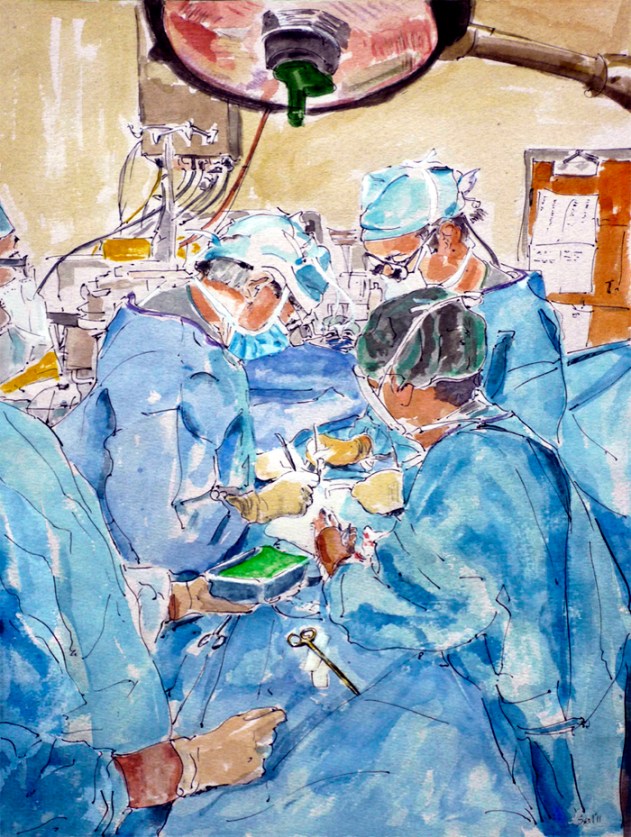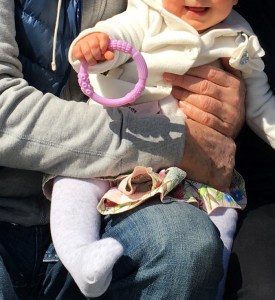 Yesterday Kitsilano Beach was deserted as we are all staying home except for short walks. It is such a special place so I thought I would re-post “backdrop to a life” which was in response to a Discover Challenge from the Daily Post in December 2016. It will show you why it is so special. Re-reading the dedication in the last paragraph seems particularly poignant today as you will read, and it is why I would like to dedicate today’s post to the memory of all those who have lost their lives, and continue to lose their lives every day to the corona virus the world over. May they all rest in peace.
Yesterday Kitsilano Beach was deserted as we are all staying home except for short walks. It is such a special place so I thought I would re-post “backdrop to a life” which was in response to a Discover Challenge from the Daily Post in December 2016. It will show you why it is so special. Re-reading the dedication in the last paragraph seems particularly poignant today as you will read, and it is why I would like to dedicate today’s post to the memory of all those who have lost their lives, and continue to lose their lives every day to the corona virus the world over. May they all rest in peace.
Backdrop to a Life, December 14, 2016
Yesterday was one of those perfect days in Vancouver that needs to be shared.

The North Shore mountains, the West End skyline and the shadowed sands of Kitsilano Beach.

Looking out above the logs to English Bay and the snow-covered peaks beyond.

A perfect afternoon for bicycling through the park.

Who wouldn’t want to stroll in the afternoon sunshine on such a day?
No surprise to those of you who follow The Changing Palette that I would choose this special place to write about in response to this week’s Discover Challenge from the Daily Post: Finding Your Place, in which we are asked by Cheri to bring a place alive that means something to us. But more than that, Cheri writes, “the heart of this challenge is to go further and show how or why this place is particularly special”.
I have shared so many photos from Kitsilano Beach and English Bay over my nearly four years of blogging that the “how” is really self evident. But what about the “why”? Well, here is my answer. In 1975, on our first wedding anniversary, my wife and I came to Vancouver from England. We moved into a one bedroom apartment in Kitsilano just a few hundred yards from Kitsilano Beach Park. The following March, on one of our regular walks along the path you see in all of the photos, my wife went into labor and a few hours later our beautiful daughter was born. The beach was the perfect place to walk with the pram or stroller whatever the time of year, and soon a little brother joined our daughter on those same walks. It soon became a place to stomp in puddles, to take training wheels off bicycles, to bury dad in the sand, to laugh on the swings and slides, to walk with my wonderful late parents whenever they visited, to enjoy the four seasons with the changing colours of autumn, the few days of frost and snow in winter to be followed by the warmth of spring and the heat of summer filled with magnificent skies and those unforgettable sunsets creating silhouettes of lovers sitting on logs or people playing beach volley ball in the dying light. I could go on and on but I’m beginning to sound like Dylan Thomas. I think you can understand why this place is so special, so meaningful to me, as it has been and continues to be, the beautiful backdrop to our lives over these past forty years. Yesterday’s walk, as it always does, lifted my spirits at a time when they are being crushed by the daily news and pictures of new atrocities a world away to the people of Aleppo, particularly to the children; and also as we remember the tragedy of the murdered children of Sandy Hook Elementary School four years ago today. I know you feel as I do that these moments must never be forgotten and so it is with a heavy heart that I pause and dedicate today’s post to the memory of all of these precious lost souls.


































